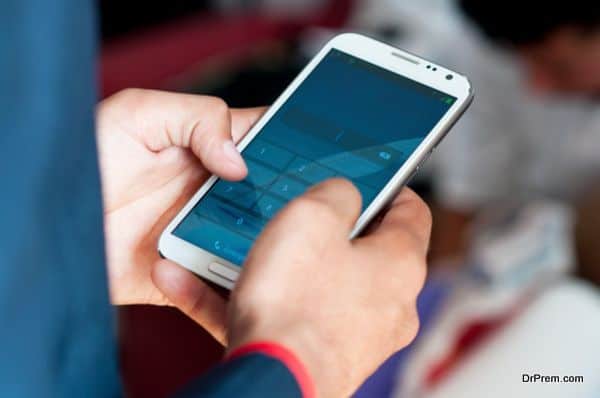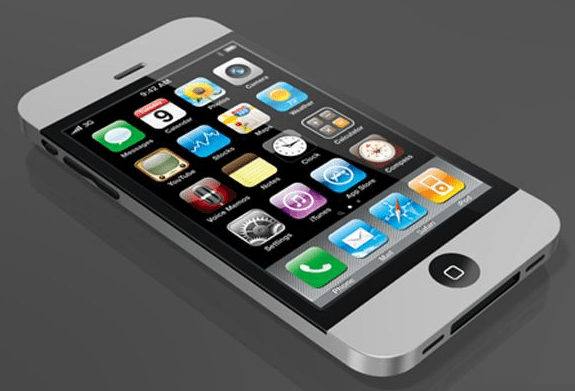While designing a mobile app, it is important to keep in mind that you collect certain user specific information to proceed with registration purposes, etc. This in turn means that a user will invariably come across various forms with several types of information being sought from him or her. Form filling can be a tedious process and it is critical that this process does not annoy the user because that can mean losing a potential customer all together.

Needless to say, user can get swamped by the continuous flow of questions being presented on the screen, so it is crucial to manage the limited space available to a mobile app developer in an efficient and affable manner.
Using attractive visual metaphors and similar form elements like icons to retain a user’s attention are reliable methods of making the form filling process much more congenial. Using icons that the user may already be familiar with is always a good idea to start with. For example, a balloon pointer on a map will automatically convey to the user that his location is being requested. Similarly, a microphone icon represents a voice input being solicited from him. A menu item with + and – icons next to it automatically convey to the user that the quantity or count of the items selected can be adjusted according to his preference. This way it is up to the user if he wants to fill the form in detail, or just the compulsory items.

Since it is important to present the information in a compact manner to the user when he starts to fill up the form, it is always a good idea to anchor the crucial elements on your screen. Once these elements are anchored to retain their fixed positions, the rest of the elements below them can be scrolled and selected by the user. This makes the overall length of the form smaller and there is a greater chance that the user will not be put-off by the length of the form.
Dividing the form into several screens instead of a single lengthy one, is another reliable method of ensuring that the user does not find the whole form filling process a total turn-off. Multi-Screen forms asking one question at a time with adequate white space look less cluttered and encourage the user to move onto the next part of the form. This can be done by using the customary next (or previous if needed) buttons, or by providing bidirectional screen swipes to navigate between the questions.

The dilemma of having limited space on the mobile screen, while simultaneously trying to provide bigger screen elements for the user’s convenience, is a huge problem by itself. Hoping that the user will switch between the portrait and landscape orientation modes is desirable, but it cannot be taken for granted, although it definitely is one of the easiest ways of ensuring readability and making things easier to put a finger or thumb on.
Another way of efficiently managing the space in mobile app forms is by providing a virtual magnifier, so that the user can zoom in or out of the content he may be looking at, and correspondingly filling-in at that moment. Once again, a mobile app developer cannot take it for granted that every single user will have a touch-enabled device, which would allow him to pinch-in and zoom into the content.
Keeping all sorts of devices in mind and providing the right space for them while designing the respective forms for the end user, is not the easiest of jobs for a mobile app developer. Here’s hoping that the ideas mentioned above can be of some assistance while dealing with space management in mobile app forms.






